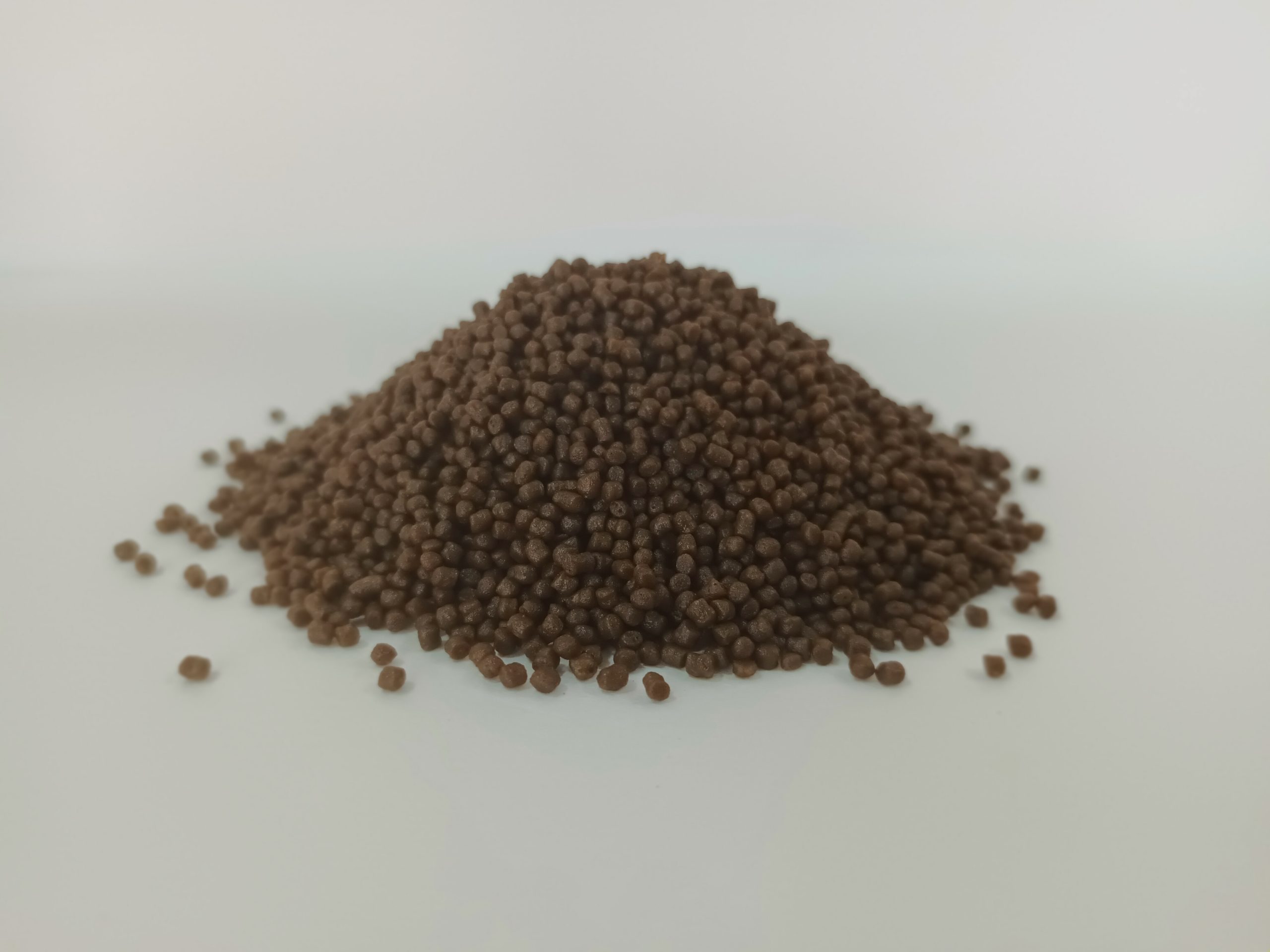
Fishstar
Dibaq´s line of fodders for eels includes extrududed products that are highly energetic.
These products have been developped for those intensive cultivation facilities that start with young eels and work with very high loads.
These are very appetizing products so conversions can be very small and that are very digestive. This is why they are specially indicated for closed circuit plants where lees and fodder residues that haven’t been consummed are a problem.
Fodders with the shape of flour are our second line of products. They are thought to be mixed with water and fish oil to get semihumid crumbs. They are specially indicated to adapt wild eels to feeding and for semi-intensive production of big eels.
Dibaq has experienced in both of the systems of producting eels food and we keep researching nutritional aspects of this interesting species in order to get diets which can improve productive results.

- Temperature
- -
- Salinity
- -
- Oxygen
- -
- Density
- -
- Survival
- -
- Egg diameter
- -
- Length larva
- -
- Temperature
- 73.4-80.6ºF
- Salinity
- 0-3 per mille
- Oxygen
- > 4 ppm
- Load
- 20.45-51.12 lb/ft2
- Duration
- 18-20 / 26-29 months
- Final weight
- 0.29-0.37lb / 0.55-0.66 lb
- Survival
- 80-90%


